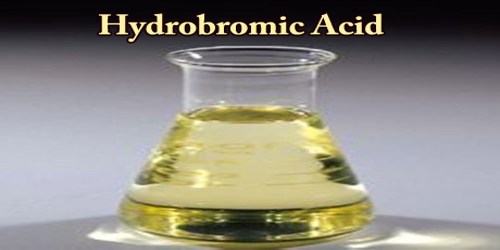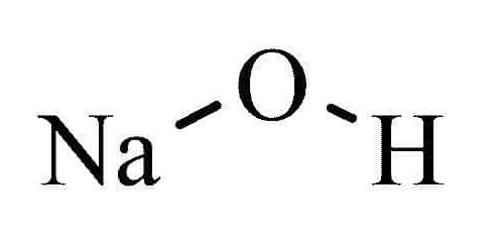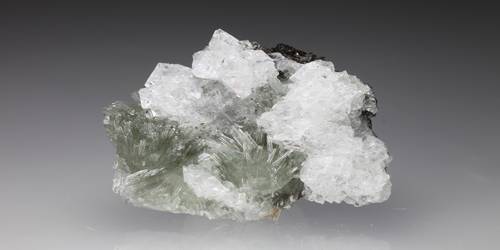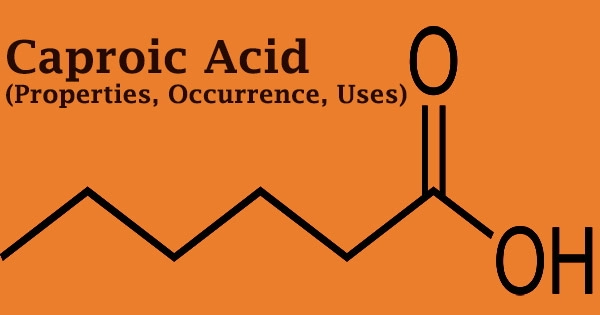Hydrogen bromide, anhydrous appears as a colorless gas with a pungent irritating odor. It is a strong acid formed by dissolving the diatomic molecule hydrogen bromide (HBr) in water. Hydrogen bromide is a colorless, suffocating gas, very soluble in water and highly dissociated in aqueous solution. It readily fumes in the presence of moist air. Hydrogen bromide gas are highly corrosive substances that can cause severe burns upon contact.
“Constant boiling” hydrobromic acid is an aqueous solution that distills at 124.3 °C and contains 47.6% HBr by mass, which is 8.77 mol/L. Hydrobromic acid has a pKa of −9, making it a stronger acid than hydrochloric acid, but not as strong as hydroiodic acid. Hydrobromic acid is one of the strongest mineral acids known.
Hydrobromic acid is heavier than air. Prolonged exposure to fire or intense heat may result in the violent rupture and rocketing of the container. Long-term exposure to low concentrations or short-term exposure to high concentrations can result in adverse health effects from inhalation.
Hydrobromic acid can be prepared in the laboratory via the reaction of Br2, SO2, and water.
Br2 + SO2 + 2 H2O → H2SO4 + 2 HBr
More typically laboratory preparations involve the production of anhydrous HBr, which is then dissolved in water.
Hydrobromic acid actually used to make other chemicals and as a catalyst in the manufacture of chemicals. However, it can also be produced electrolytically. It can also be prepared by treating bromides with non-oxidizing acids like phosphoric or acetic acids. It reacts with propene undergoes addition reaction resulting in the formation of 2-Bromopropane. The chemical equation is given below.
HBr + C3H6 → C3H7Br
Hydrobromic acid is mainly used for the production of inorganic bromides, especially the bromides of zinc, calcium, and sodium. It is a useful reagent for generating organobromine compounds. Certain ethers are cleaved with HBr. It also catalyzes alkylation reactions and the extraction of certain ores. Industrially significant organic compounds prepared from hydrobromic acid include allyl bromide, tetrabromobis (phenol), and bromoacetic acid. HBr almost uniquely participates in antiMarkovnikov hydrohalogenation of alkenes. The resulting 1-bromoalkanes are versatile alkylating agents, giving rise to fatty amines and quaternary ammonium salts.
Boiling point: -4.8 °C at 11.0 atm; 12 °C at 17.1 atm; 36 °C at 30.0 atm; 70 °C at 59.2 atm; specific heat (cal/g °C): 0.152 at -91 °C (solid); 0.176 (liquid); 0.085 at 27 °C (gas); heat of fusion at melting point: 7.44 cal/g; saturated solution contains 68.85% HBr at 0 °C and 66% at 25 °C. Critical temperature: 89.8 °C; critical pressure: 84.5 atm.
Using more concentrated sulfuric acid or allowing the reaction solution to exceed 75 °C further oxidizes HBr to bromine gas. The acid is further purified by filtering out the KHSO4 and by distilling off the water until the solution reaches an azeotrope (≈ 126 °C at 760 torrs). The yield is approximately 85%. Hydrobromic acid is available commercially in various concentrations and purities.
Constant-boiling hydrobromic acid distills at 124.3 °C at atmospheric pressure and contains 47.63 wt% hydrogen bromide. The boiling point and hydrogen bromide concentration can be partially controlled by varying the pressure during distillation. These solutions are produced industrially by the dissolution of hydrogen bromide in water. Liquefied hydrobromic acid is available commercially in cylinders and various strengths of aqueous hydrobromic acid are available in drums or tank cars.
Information Sources:
















